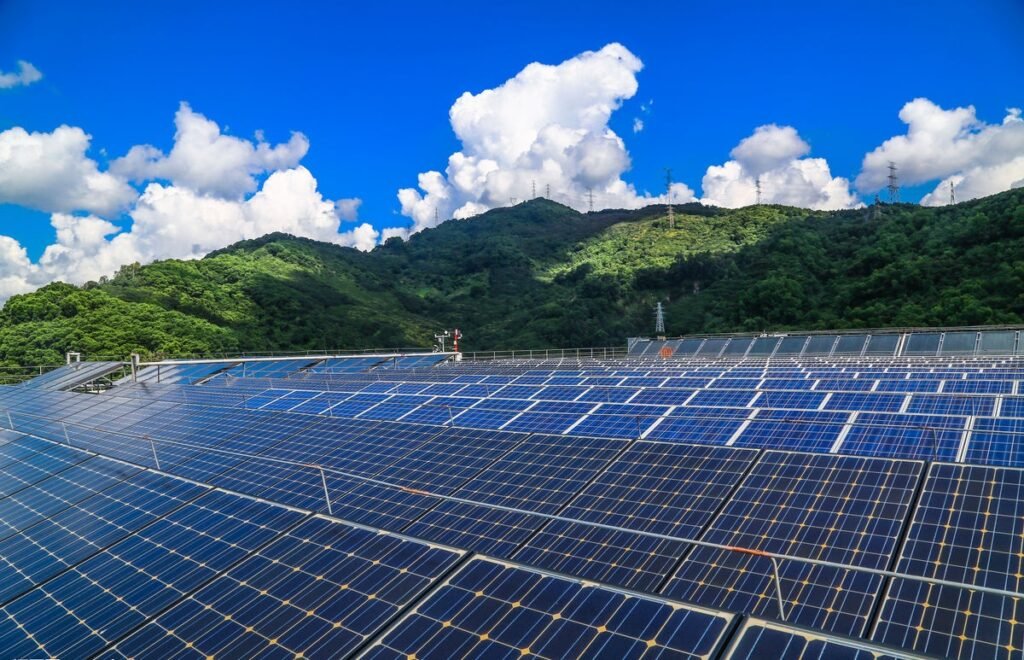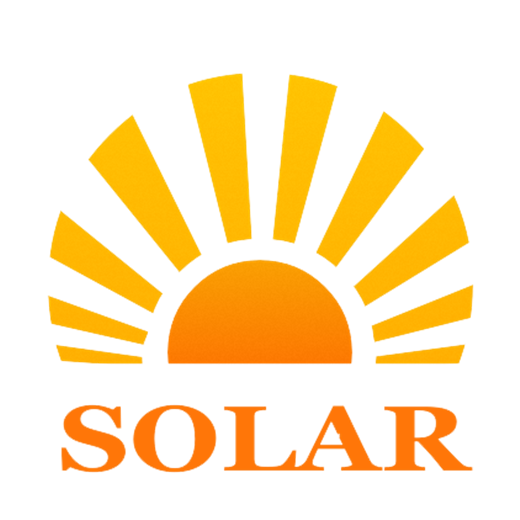Solar power plants are rapidly becoming a key source of renewable energy worldwide. They offer a sustainable and eco-friendly solution to our growing energy needs. In this article, we will explore the construction and working of solar power plants, focusing on their critical components and operational processes.

What Is a Solar Power Plant?
A solar power plant is a facility that generates electricity by harnessing sunlight. These plants use solar panels or other solar technologies to convert sunlight into electrical energy, which can then be fed into the grid or used on-site. The types of solar power plant:Photovoltaic (PV) Power Plant.
Construction of a Solar Power Plant
1. Site Selection and Feasibility Study
The first step in constructing a solar power plant is selecting a suitable location. A solar power plant requires ample sunlight, so areas with high solar irradiance are ideal. Factors such as land availability, proximity to power grids, and environmental impact are also considered during site selection.
Once a site is chosen, a feasibility study is conducted. This study assesses the technical, financial, and environmental aspects of the project to ensure that the location and design are suitable for solar energy generation.
2. Design and Engineering
The design phase involves determining the type of solar plant, the number of solar panels required, and the configuration of the plant. The layout must optimize sunlight exposure while minimizing shading solar panels.
Electrical systems, inverters, substations, and grid connections are also designed during this stage. These systems ensure that the generated electricity is properly converted and transmitted.
3. Procurement and Material Sourcing
Once the design is finalized, the necessary equipment and materials are procured. This includes solar panels, mounting structures, inverters, wiring, and transformers. High-quality materials are critical to ensure the longevity and efficiency of the plant.
4. Civil and Electrical Construction
The construction phase can be divided into two parts: civil and electrical.
Civil Construction
Land Preparation: The site is cleared and leveled to provide a stable foundation for the solar arrays.
Foundation Work: For PV plants, mounting structures are installed to hold the solar panels at the correct angle.
Roads and Access: Access roads and paths are created to allow for transportation and maintenance.
Electrical Construction
Solar Panel Installation: In a PV plant, solar panels are installed on mounting structures. These panels are interconnected in series or parallel to form strings.
Inverter Installation: Inverters are installed to convert the DC electricity generated by the solar panels into AC electricity.
Cabling and Wiring: Cables are laid to connect the solar panels to the inverters and the grid.
Substation Construction: A substation is built to step up the voltage of the generated electricity and connect it to the grid.
5. Commissioning and Testing
Before the solar power plant is operational, it undergoes testing and commissioning. This involves verifying that all systems are functioning correctly, safety protocols are in place, and the plant meets regulatory standards. Once approved, the plant is connected to the grid, and electricity generation begins.

Working of a Solar Power Plant
1.Solar Energy Absorption
In a PV solar power plant, solar panels made of photovoltaic cells absorb sunlight. These cells are typically made of semiconducting materials like silicon. When sunlight hits the cells, it knocks electrons loose, generating an electric current through the photovoltaic effect.
DC to AC Conversion
The electricity produced by the solar panels is in the form of direct current (DC). However, most electrical grids and appliances run on alternating current (AC). Inverters within the plant convert the DC electricity into AC, making it compatible with the grid.
Energy Transmission
After conversion, the electricity is transmitted through substations and transformers. From there, the electricity either flows directly into the grid or is used to power on-site facilities.
Advantages of Solar Power Plants
1. Renewable and Sustainable: Solar energy is abundant and renewable. Solar power plants provide a sustainable source of energy without depleting natural resources.
2. Low Operating Costs: Once constructed, solar power plants require minimal maintenance and have low operational costs.
3. Environmentally Friendly: Solar power generation produces no emissions, reducing the overall carbon footprint.
4. Scalable: Solar power plants can be scaled to meet the needs of small communities or large cities.
5.Challenges of Solar Power Plants
1) Initial Investment: Solar power plants require a significant initial investment for construction and equipment.
2) Weather Dependency: Solar energy generation depends on sunlight, making weather conditions a crucial factor. However, storage systems are improving to address this limitation.
Conclusion
Solar power plants represent a crucial step toward a clean energy future. By understanding their construction and working processes, we can appreciate the role they play in reducing our dependence on fossil fuels and combatting climate change. solar plants are paving the way for a greener, more sustainable energy landscape.

